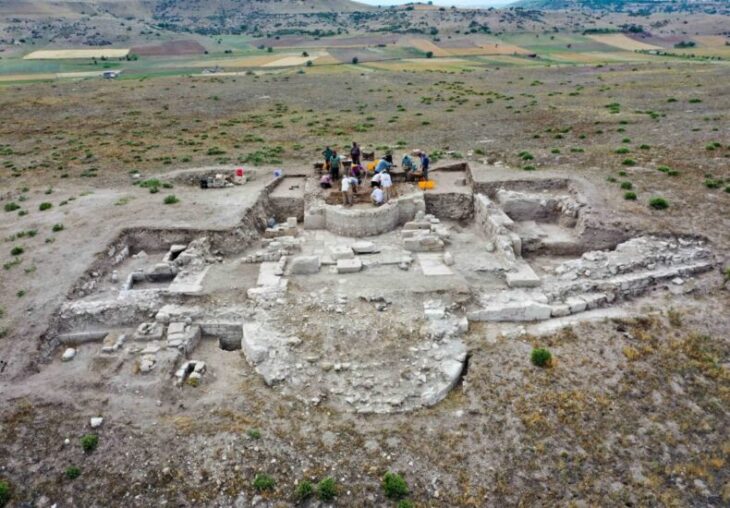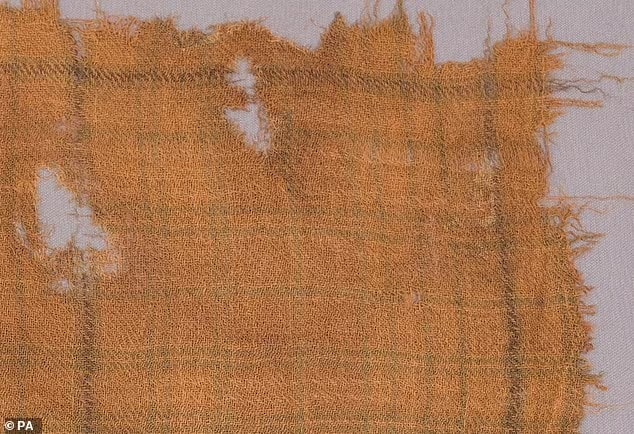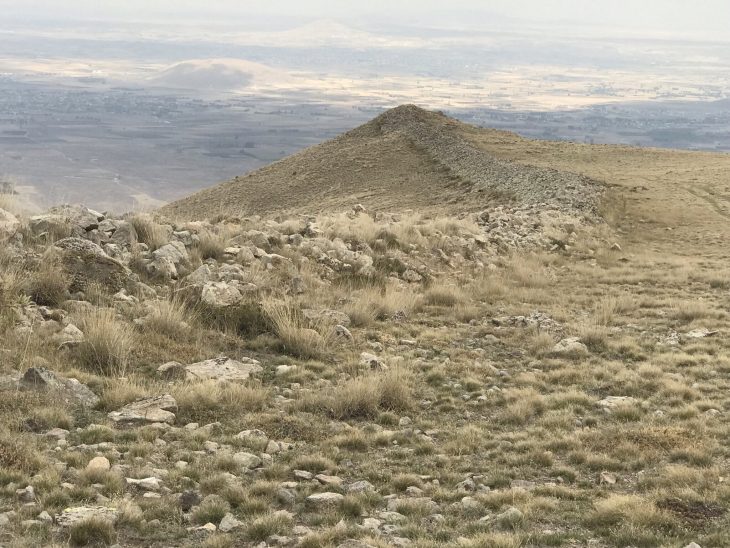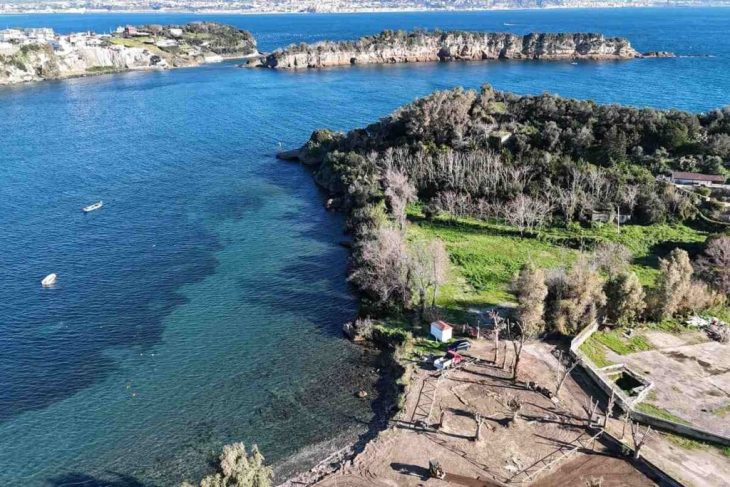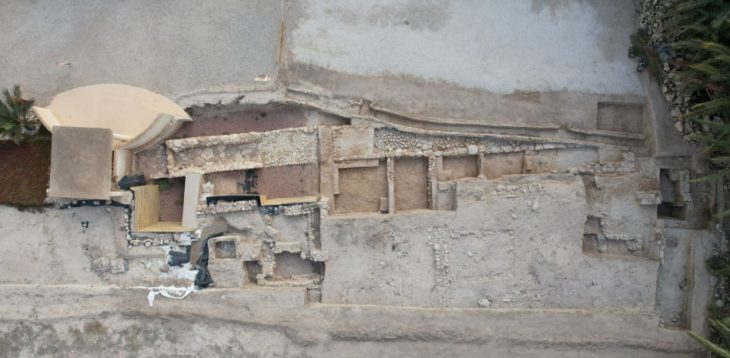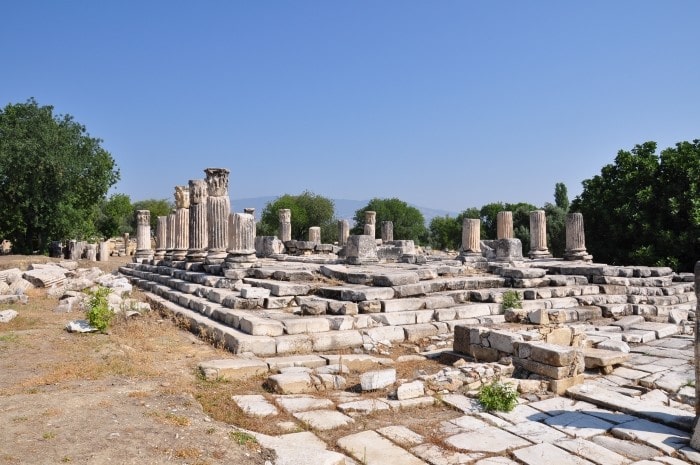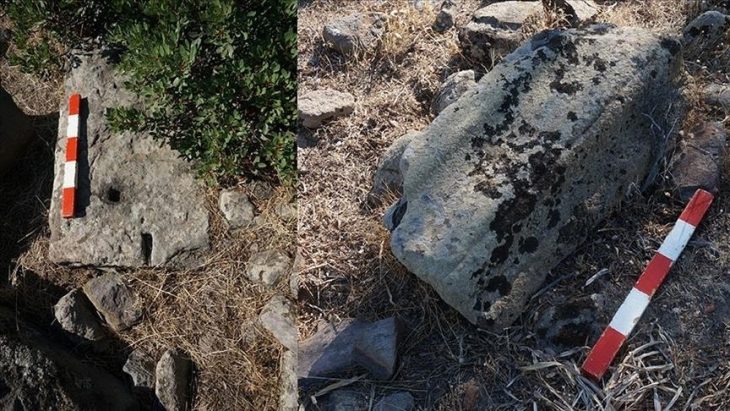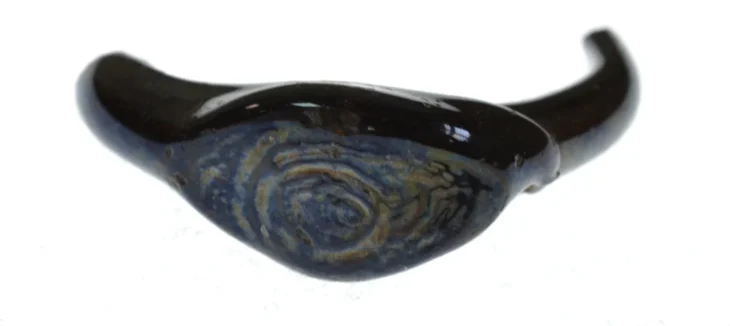An unexpected discovery deep in the forests near Noginsk has led to the restoration of a unique cultural and ethnographic site. According to REGIONS, local enthusiasts uncovered a carefully crafted Slavic pagan sanctuary known as “RuskoLad”, created by members of the local “ROD” community. What began as a chance encounter has now grown into one of the region’s most intriguing heritage findings.
The first person to stumble upon the sanctuary was explorer and enthusiast Roman Ivanevsky. He recalls being completely stunned when he first saw the mysterious wooden figures standing silently among the trees. At first glance, the carved shapes seemed almost supernatural, but curiosity eventually won over his hesitation. As he approached and inspected the sculptures, the truth became clear—he had found representations of ancient Slavic deities, lovingly recreated by skilled local artisans.
Rediscovering the Gods of the Old Slavic Pantheon
Ivanevsky recognized several iconic figures from Slavic mythology. Among them stood Perun, the fearsome god of thunder and lightning, often compared to Thor or Zeus in Indo-European traditions. Perun is widely regarded as the chief deity of many Slavic tribes, symbolizing strength, justice, and the eternal struggle against chaos.
Nearby was the figure of Svarog, the celestial blacksmith and creator of the universe. In Slavic lore, Svarog is believed to have forged the world and set the sun in motion. His presence in the sanctuary highlights the importance of cosmic order and craftsmanship in early Slavic belief systems.
Another striking sculpture depicted Morena (also known as Marzanna or Morena), the goddess associated with winter, death, and the cycle of rebirth. Though often misunderstood as a symbol of fear, she traditionally represents transformation and the natural end of seasons. Her effigy was historically burned or drowned during spring rituals to symbolize the end of winter and the renewal of life.
📣 Our WhatsApp channel is now LIVE! Stay up-to-date with the latest news and updates, just click here to follow us on WhatsApp and never miss a thing!!
The discovery of these deities in the RuskoLad sanctuary suggests that the community behind the project sought to reconstruct not just physical monuments, but also the spiritual atmosphere of early Slavic worship.
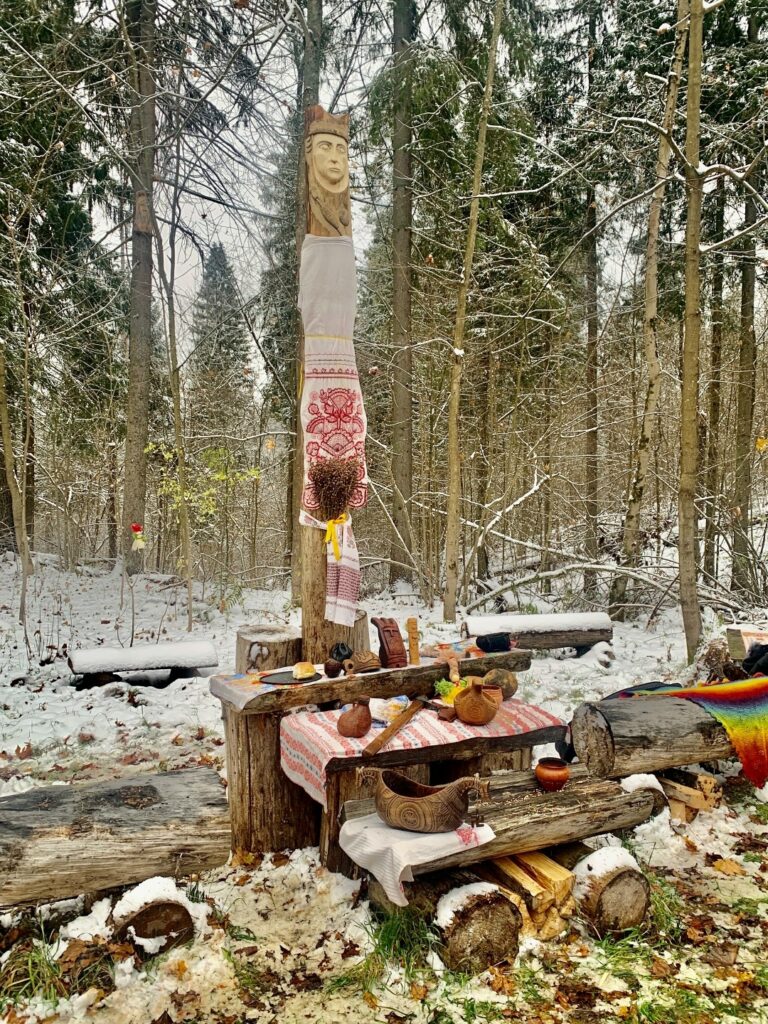
A Carefully Recreated Pagan Sacred Space
Religion scholar Evgeny Ignatenko provided detailed insight into the architectural concept of the sanctuary. According to his explanation, traditional Slavic holy sites—called kapishche—consisted of clearly defined ceremonial areas. The innermost circle served as a space for prayer, reflection, and the burning of a ritual fire. Fire, in Slavic paganism, is not only a symbol of purity but also a sacred medium through which offerings were delivered to the gods.
Surrounding the inner circle is the outer zone, known as the trebische. This area functioned as a communal gathering place where celebrations, feasts, and seasonal rituals took place after religious ceremonies. Such events often coincided with major pagan festivals like Kupala Night, Koliada, or Dazhbog’s Day, marking important agricultural and cosmic cycles.
The RuskoLad sanctuary demonstrates an impressive level of historical accuracy. Every carved figure, every placement of stones, and every ceremonial space was recreated by members of the “ROD” community—an organization dedicated to the preservation and revival of Slavic cultural heritage. Their craftsmanship turned an ordinary forest clearing into a living open-air museum of mythology.
Cultural Revival and Modern Interest in Slavic Heritage
The discovery highlights a growing interest in exploring pre-Christian Slavic traditions across Eastern Europe. While much of the ancient Slavic pantheon was suppressed or absorbed during medieval Christianization, researchers and cultural enthusiasts have been working to piece together myths, rituals, and symbols from archaeological remains and folklore.
Sites like RuskoLad serve multiple purposes:
Educational, by offering a tangible representation of Slavic mythology;
Cultural, by reviving rituals and artistic traditions;
Historical, by preserving knowledge that might otherwise fade into obscurity.
Local residents have expressed fascination with the forest sanctuary, noting that it provides a rare opportunity to step into the worldview of ancient Slavic peoples. For many visitors, the sanctuary inspires reflection on how deeply nature, seasons, and celestial phenomena shaped early belief systems.

A New Landmark in Noginsk’s Cultural Landscape
What began as a surprising forest encounter has transformed into one of Noginsk’s most compelling cultural landmarks. The restored RuskoLad sanctuary stands not only as a tribute to ancient Slavic spirituality but also as a reminder of the region’s diverse historical roots.
As interest continues to grow, experts predict that the sanctuary may become a significant destination for ethnographers, tourists, and anyone seeking to connect with the mythic past of Eastern Europe. Through dedicated community effort, the forgotten gods of thunder, creation, and winter have been brought back into the light—offering a powerful new chapter in the story of Slavic heritage.
Union of Slavic Communities of the Slavic Native Faith
Cover Image Credit: Union of Slavic Communities of the Slavic Native Faith via VK



